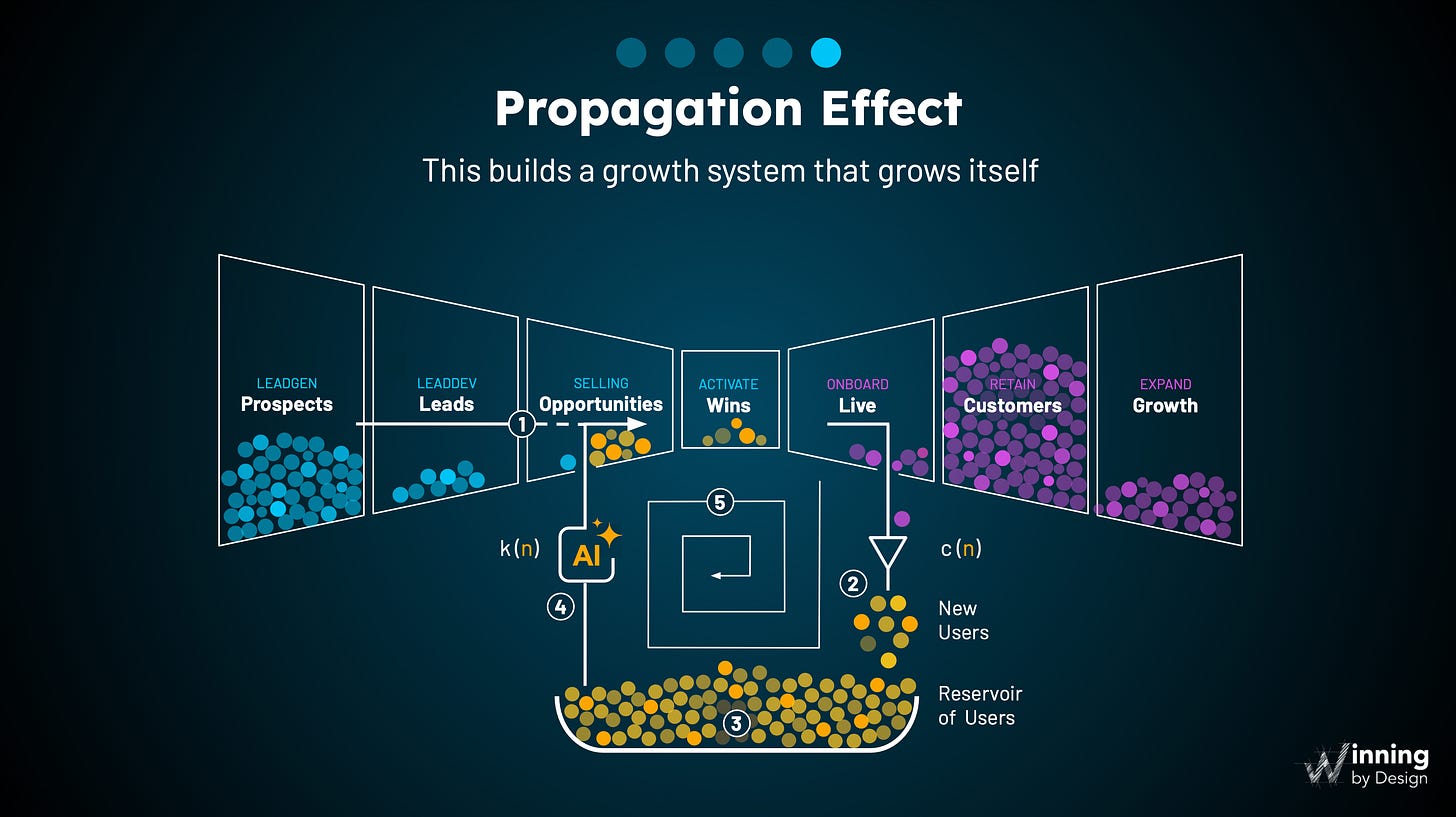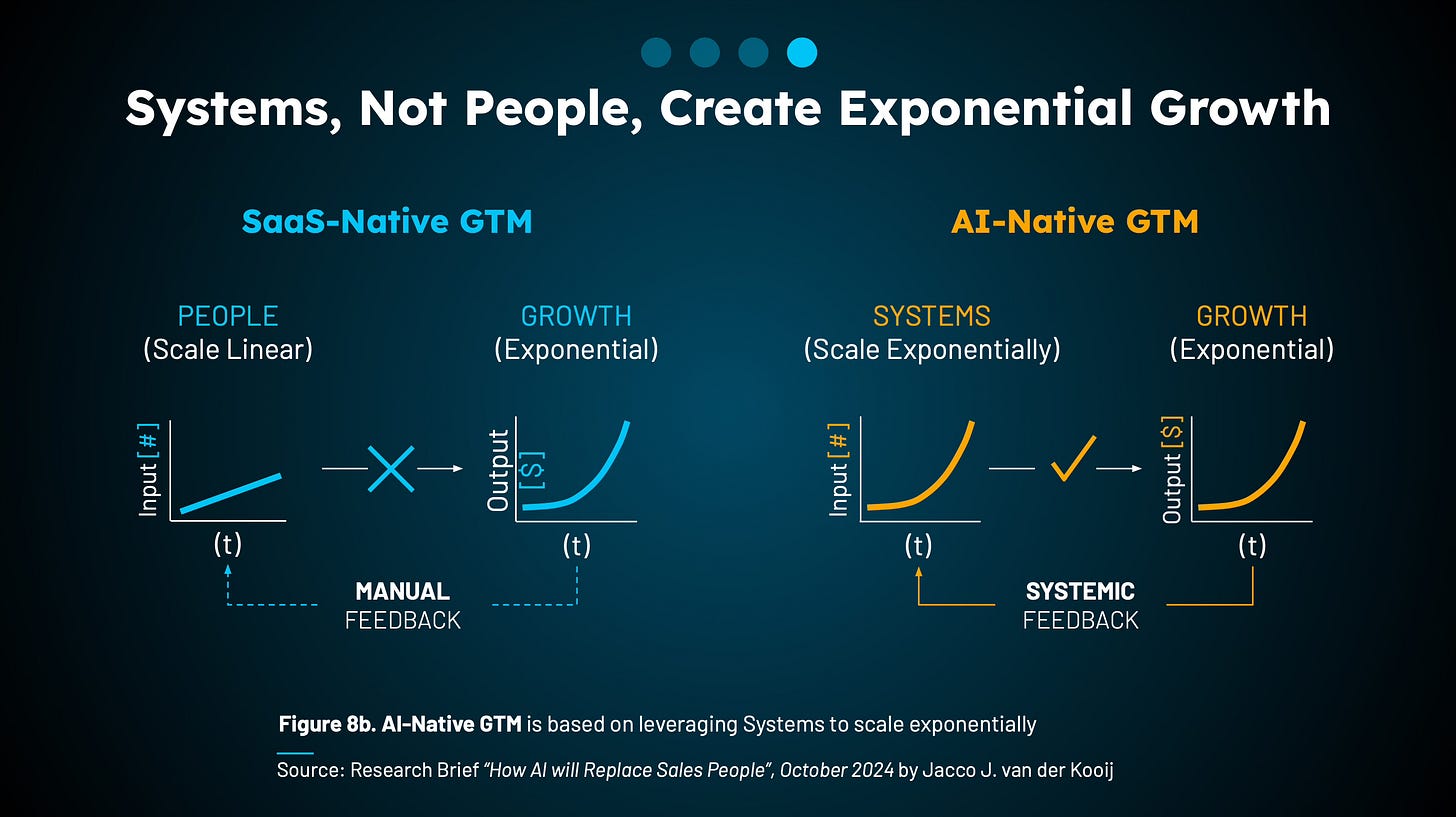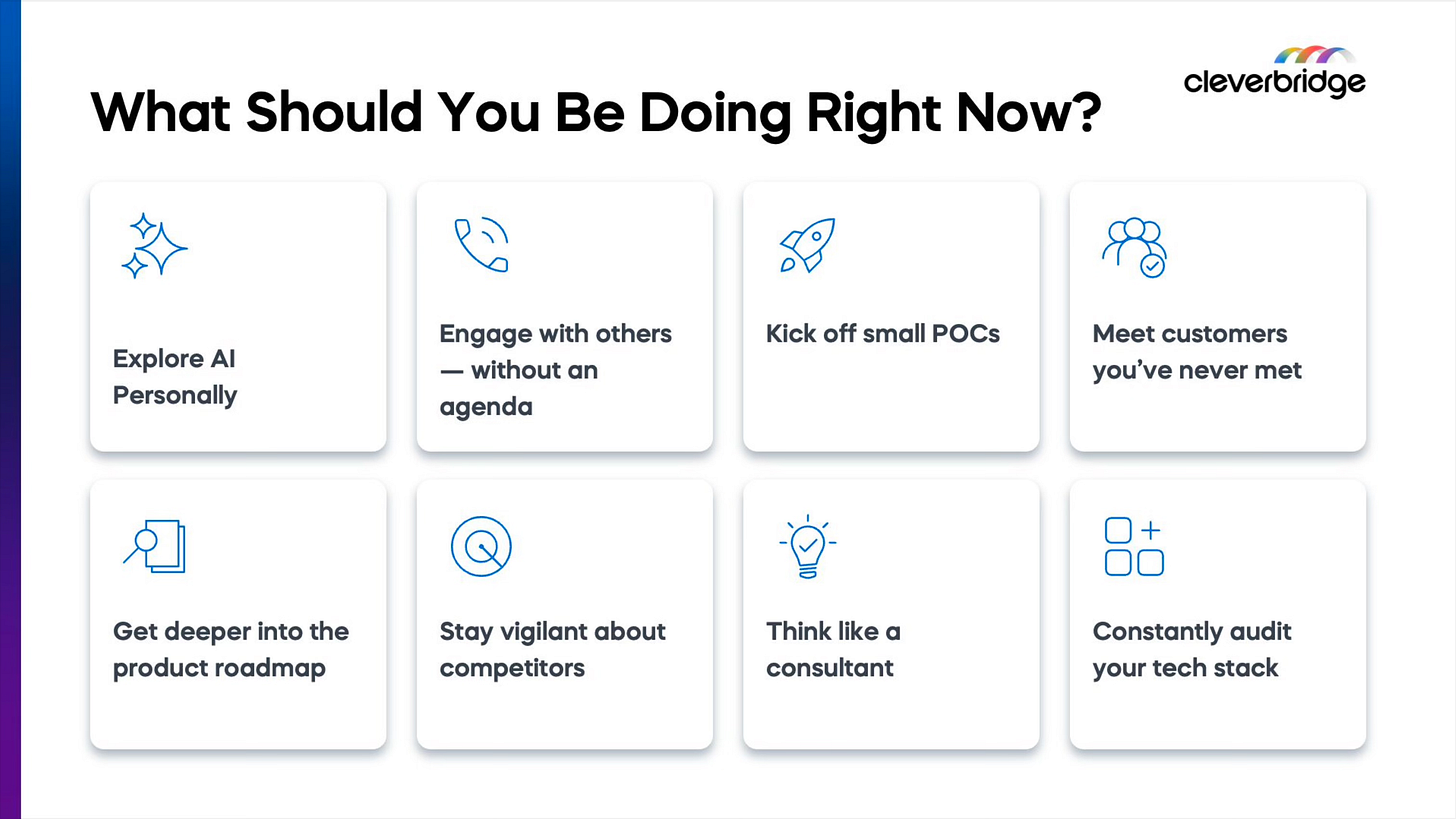Are CROs OK?
Anxiety meets opportunity at the Pavilion CRO Summit.
I’m writing this on a plane heading back to Austin from the Pavilion CRO Summit in Denver which naturally puts me in a bit of a travelogue mindset. Bear with me.
I like Denver. The vibe starts the moment you walk off the jetway into the airport version of a mid-1990s mall. I always half expect to see Jay and Silent Bob loitering in the food court.
From there, you get the charmingly goofy pre-recorded “plane train” message and jingle. A 16 hour Uber ride1 later and you’re in a charming (but less goofy) city—walkable, friendly, good food2, good beer, and an occasional view of the Front Range off in the distance.
But I wasn’t there for the vibes or the views, I was there to talk to—and learn from—150 CROs.
The CRO Summit
If you don’t know Pavilion or the CRO Summit, here’s a quick primer. Pavilion’s the premier private community for GTM professionals and the CRO Summit’s a one day event exclusively for senior sales leaders. Around 150 CROs at companies of all sizes get together IRL to discuss the things that matter. While some are “AI native” folks, the overwhelming majority come from classic SaaS businesses.
As for me, I was there to speak about the 10x Sales Rep (see my slides here). But even if I hadn’t been giving a talk, you can bet I’d have still been there.
The conference was on Tuesday. I got there early on Monday to host our first-ever Uncharted Happy Hour. The weather was gorgeous—high 70s and sunny. The happy hour was a blast.
By Tuesday, though, it was in the 40s and raining. It was hard to forget the weather because the conference was in a room at the (very lovely) Denver Art Museum which featured a huge window behind the speakers looking out at the square outside.
Gray skies seemed like an appropriate backdrop, because SaaS CROs aren’t in the sunniest of moods these days.
Don’t get me wrong, the conversations were lively and the sessions were uniformly high quality—the usual Pavilion blend of concepts, metrics and practical advice. But a prevailing sense of uncertainty hung over it all. The certainty of old playbooks is giving way to something that’s much harder to predict. It’s the SaaS version of Doechii rapping over the melody of Somebody That I Used to Know—nostalgia for the 2010s3 playing underneath a distinctly 2020s anxiety.
Let’s just say the word “unprecedented” came up a lot.
I mean, take a look at the very first content slide of the whole day from Kathleen Booth, SVP of Marketing at Pavilion:
Kathleen’s presentation fleshed out how challenging the situation really is. CROs have the shortest tenure in the C-Suite (25 months), they spend 87% of their week firefighting instead of being strategic, they’re struggling to adapt to constantly changing plans, and they’re getting constantly jerked around by a policy changes impacting the macro environment.
Ultimately those are symptoms of larger changes which can best be summed up in three major themes I took away from the summit:
AI’s unfolding impact on sales as both destroyer and savior
Evolving buyer behaviors driven by generational and technology shifts
Emerging impacts on GTM strategy and org design—primarily towards greater unification of the entire GTM engine
So let’s dive deeper into each of those themes and what I learned from the sessions and conversations.
AI: All hail our destroyer and savior
AI is ground zero for CRO anxiety. Once drinks started to flow, nearly every person I talked to opened up about some serious AI concerns.
These weren’t limited to GTM. What does it mean for the future if AI takes over all the entry level jobs? What do you encourage your kids to learn? Will the skills you’ve developed over a career have any value in the next few years? For something we’re all supposed to be excited about, there’s an awful lot of existential dread.
Setting philosophy aside and focusing on AI in GTM, there’s a very real anxiety about not being able to keep up. Kathleen quoted a Gartner stat that only 13% of CROs are perceived by their CEOs as AI savvy. It’s a rough stat, but not surprising.
It takes a genuine effort for most sales leaders to grasp the basics, much less not get left behind by a technology that changes daily. Wendi Sturgis, CEO of Cleverbridge (and an extremely accomplished leader4) casually revealed in her closing talk that she’s taking a serious MIT course on machine learning. When she and I talked afterward we discussed embeddings, clustering algorithms and how she had homework due on Monday. Are you prepared to put in that kind of work to understand this new era?
It’s not all anxiety. There’s a once-in-a-lifetime opportunity here. AI offers us the potential to be winners in a titanic market shift and the potential for insane levels of productivity.
I addressed the productivity gains head-on in my talk on the 10x Sales Rep but I wasn’t the only one. Guy Rubin from Ebsta shared that we’re already seeing meaningful real-world productivity gains from AI-enabling reps.
AI-enabled top performers get more than 2x the customer-facing selling time (still only 50% of their time) of their average non-AI-enabled peers. Considering the incredibly immature state of AI for sales reps, there’s so much more opportunity here.
The flip side of that productivity gain shows up in required changes to our pricing models. Seat-based pricing will lead to stagnant growth as team sizes plateau (or decline).
Andrea Kayal from Help Scout shared their journey to usage-based pricing. Their total seat licenses peaked during the ZIRP era and have been steadily declining since then. At the same time, usage kept growing. They undertook a (successful) year-long effort to change their value metric and update their pricing to compensate.
Meanwhile AI is changing how buyers buy and reshaping our GTM strategies.
Buyers: What the hell do they want?
It’s become something of a truism that buyers really don’t like sellers or the “standard” SaaS sales process. Kathleen mentioned the Gartner stat that 61% of buyers prefer a rep-free process and Irina Novoselsky, CEO of Hootsuite, shared a lot more research about how Gen Z in particular feels about traditional B2B sales.
It’s hard to swallow for Gen X5, but Millennials and Gen Z are the majority of B2B buyers and they do things their way. They use generative AI, peers, and social media to decide which brands they’re even going to consider in the first place.
Kathleen cited a G2 Buyer Behavior Report that 49% of buyers never consider more than 3 vendors, while Irina shared that 84% of B2B buyers buy from the first company they engage in the buying process.
This isn’t because they’re not carefully considering purchases—it’s because they’ve largely made up their mind by doing their own research before you have a chance to engage them in a traditional sales process.
While Irina was highlighting the fact that you may never even know someone’s buying, Jacco van der Kooij from Winning by Design illustrated how this research creates an information asymmetry that favors the buyer. It’s also making the traditional linear sales stage model even more archaic than it already was.
In summary: you have no control over a) buyer knowledge and b) buyer behavior. Plus you’re missing the chance to even be involved in most potential sales cycles. No wonder everyone’s gone gaga for signals.
The solution won’t be easy. We’re going to have to have to fundamentally rethink our GTM strategy and the orgs that support it.
GTM Unification: Aligned, agile and accelerating
Let’s start with the reps. This is where the vast majority of the headcount is in any GTM org, plus they represent the tip of the spear for engaging the market. The symptoms of market change show up with reps first.
And there are plenty of symptoms. Guy from Ebsta had a lot of folks responding to this slide:
Three big things stand out to me here:
Top performers continue to separate from their peers. The Pareto principle is alive and well with 14% of sellers generating 80% of the revenue. There’s also a host of other stats about how A players massively outperform B players.
The Predictable Revenue era of ever-increasing specialization seems to be over—45% of companies report full cycle reps. However, all that context switching may be contributing to the paltry amount of time most sellers spend selling.
Expansion is absolutely crucial. Those deals require less negotiation and fewer stakeholders.
This picture that emerges is of a sales org with fewer, less specialized reps who grow revenue through systematic expansion more than from new logos. Jacco from Winning By Design calls this “AI-Native” GTM, which focuses on “User-Led Growth”. Here’s a typically WBD-style slide that sums that up:
I’m not questioning the concept here—I think Jacco’s right. Sales orgs need to focus more on creating activated users that refer new opportunities. This ultimately helps solve the math problem that arises in a typical SaaS funnel as you scale. If you’re solely reliant on traditional demand gen, at some point there’s just never going to be enough leads to feed the engine.
It also solves the buyer behavior riddle. If most buyers do their research with peers, through social media and GenAI then the more users you have advocating for you the more likely you are to succeed.
That said, I can’t help but feel like this a bit of a PLG rebrand. It sure feels similar—create product experiences and packaging (e.g. free tiers) that allow you to support lots of individual users and then nurture those users to become advocates.
Most PLG orgs have growth teams that are built around the loop at the center of the above diagram. Those growth teams usually comprise small groups of people who are:
Empowered to experiment and move quickly
Blur the lines between marketing, sales and customer success
Use systems to magnify their impact
Traditional SaaS orgs can’t flip this switch and suddenly start operating this way. Joe McNeil from Influ2 and Mike Carlson from Hoxhunt offered some practical advice for moving towards the kind of alignment required to start down this path.
Ultimately this leads to an org design that’s less siloed and relies more on systems than headcount. Paraphrasing Jacco from his talk: “you can’t create exponential results with linear inputs”.
The GTM teams that win are going to combine more technology (especially AI agents) with fewer people in ways that drive massive gains in GTM efficiency. It’s important to note, however, that this won’t happen without a fundamental rethink of all the processes that drive our teams today.
Wrapping up
Wendi from Cleverbridge wrapped the day with her presentation on leading in times of disruption. She reminded all of us that we need to put our oxygen mask on first and offered some concrete advice for managing through the disruption without giving in to the anxiety:
It was a good reminder that all that anxiety is really just a symptom of the opportunity ahead and there’s plenty you can do to control your own destiny.
Yes, the old playbooks are dead but those of us that figure out how to write the new ones have a chance to win big—but we’ve got to be willing to change and open to learn. A gray day in Denver with 150 other sales leaders offered the opportunity to do just that.
It’s a long ride in from DEN. But anyway, Denver is blessed with copious Ubers. I didn’t wait more than 2 minutes for any ride.
I was running low on time for lunch on Monday. I ordered a pulled pork sandwich and got a brisket sandwich instead, so I just went with it instead of sending it back. While Denver has good food generally, the brisket is definitely not up to Texas standards.
Not that Somebody That I Used to Know is exactly bright and sunny itself.
Seriously—3 $1B+ exits, 3 public board seats. She’s the real deal.











